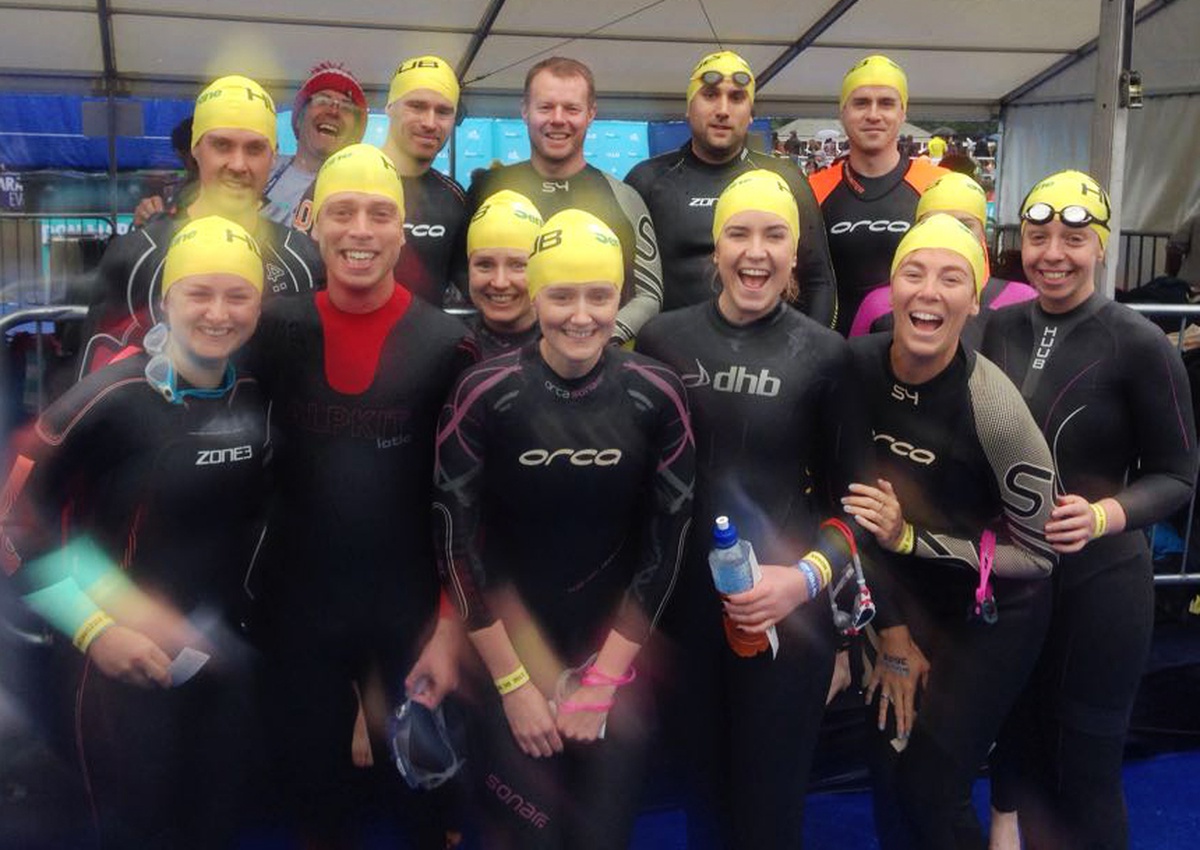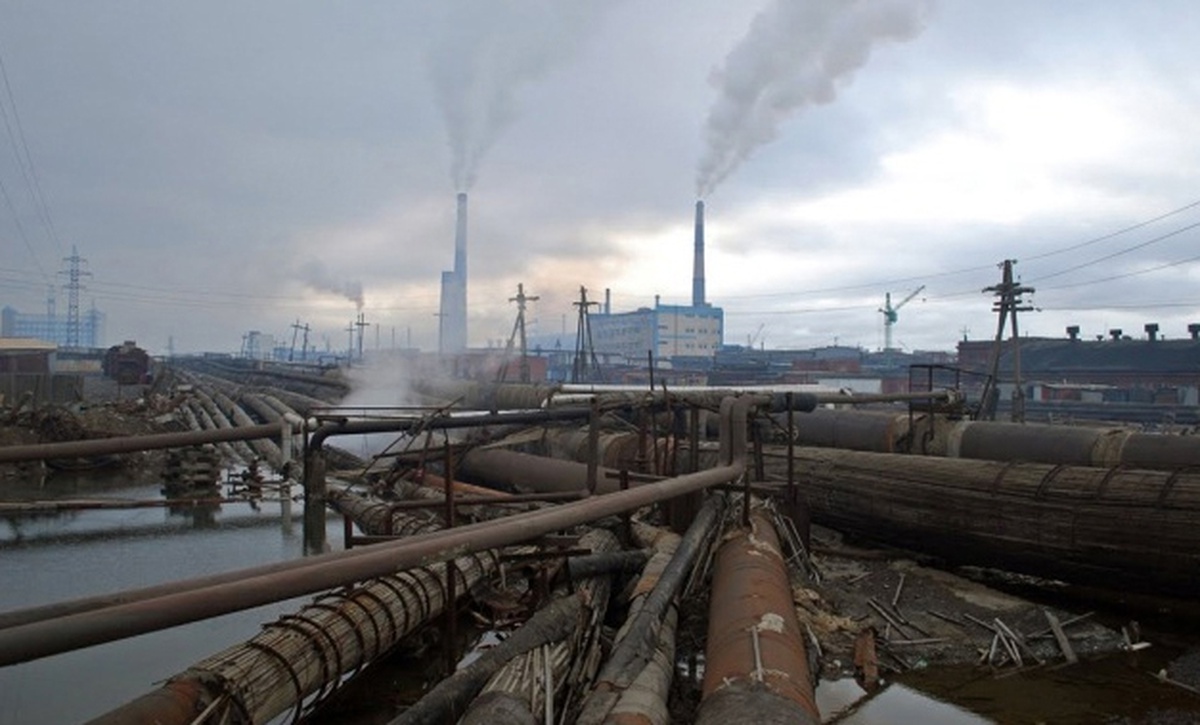NMLA SWIM THE SERPENTINE
SEPTEMBER 2018

On Saturday, a group of current and former NMLA staff, friends and partners swam a mile in the Serpentine as part of the weekend’s open water swimming festival in Hyde Park.
Following a summer of sun-drenched sea and river swims, it was pouring with rain as we made our way through crowds of bemused tourists and displaced geese to the start. It felt distinctly autumnal as we lined up on the edge of the Serpentine in our wetsuits and matching hats to a motivational soundtrack featuring Ricky Martin. After a civilised scrummage at the start, everyone settled into a rhythm for the mile-long lap in the murky greenish-grey water. We circumnavigated Christo’s vast London Mastaba, a stack of 7,506 brightly coloured barrels floating in the centre of the lake, and agreed that our frog’s-eye views of it lent a new appreciation of the piece. As we rounded the final marker buoy and then clambered up the precarious exit ramp, we emerged grinning, enjoying the familiar and addictive endorphin buzz from pushing through the chilly water. A bottle of fizz was opened and shared, and we splashed damply off to the pub to warm up and relive the summer’s swimming exploits.
For anyone considering a discovery of swimming outside (even vicariously!), we would thoroughly recommend Roger Deakin’s wonderful book Waterlog, which tracks a year of swimming in the wild across the UK and has by now inspired thousands of subversive sea, river and lake swims.
